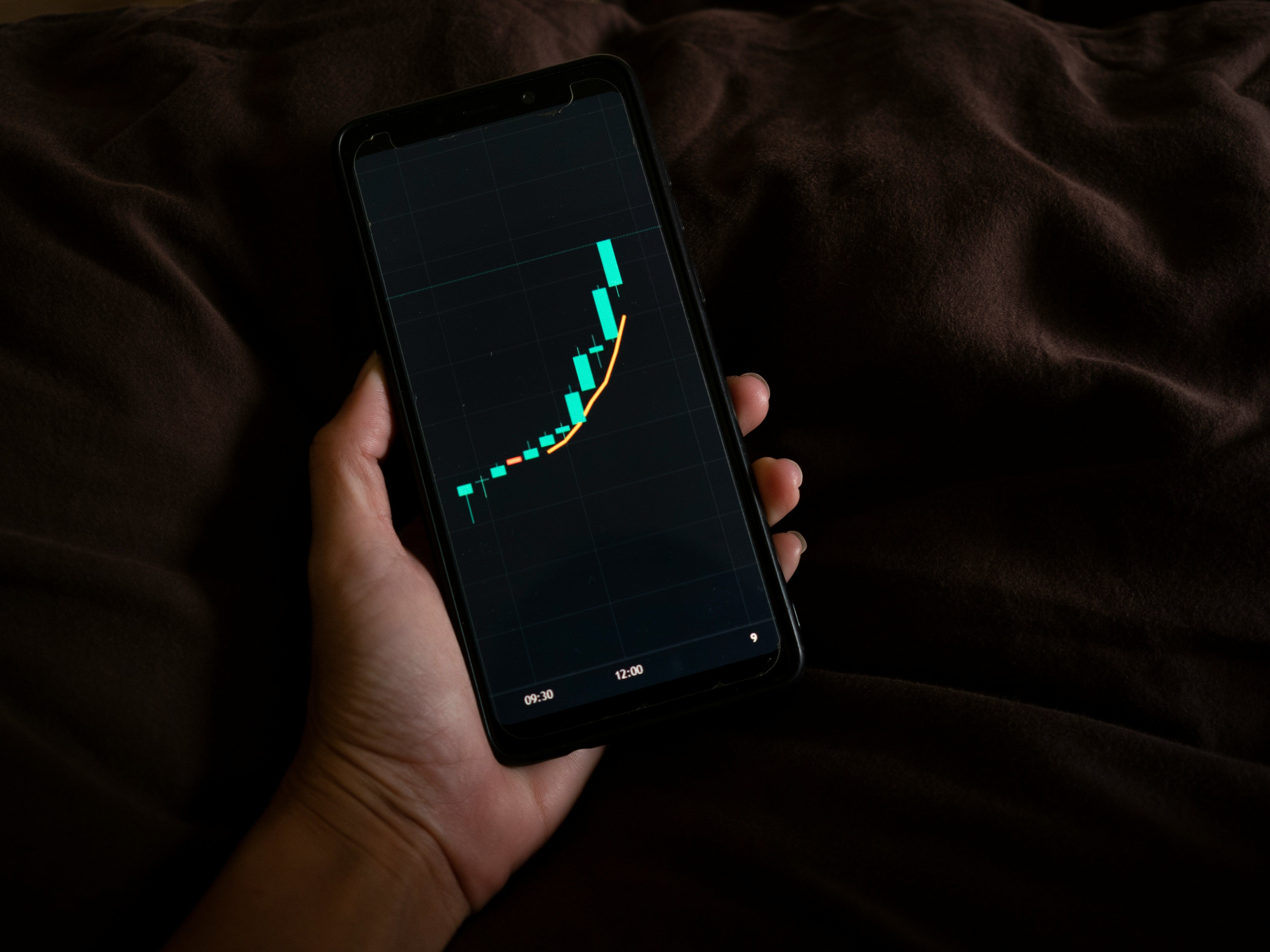Resource Type: Blogs
Tag: Customer experience
Tag: Retail
Tag: Commerce
Tag: Beauty
BLOG
The Four Channels That Can Make or Break Your Brand in 2025
In a chaotic mix of platforms and shifting expectations, relying on a single channel is a recipe for failure. We've identified the four critical channels that will make or break your brand's growth. Discover the new model for ecommerce success.
July 16, 2025
Richard Ward, CEO, THG Ingenuity


Resource Type: Blogs
BLOG
The Four Channels That Can Make or Break Your Brand in 2025
In a chaotic mix of platforms and shifting expectations, relying on a single channel is a recipe for failure. We've identified the four critical channels that will make or break your brand's growth. Discover the new model for ecommerce success.
July 16, 2025
3 min read
Richard Ward, CEO, THG Ingenuity
The retail playbook, as we know it is obsolete, and the ecommerce landscape has become ever more complex. A chaotic mix of social platforms, third-party marketplaces, and evolving consumer expectations has left many brand leaders asking the same questions: What now? Where next?
The answer isn't to pick a single winning channel. It’s to master a connected ecosystem. Success no longer lies in choosing between DTC, marketplaces, or physical stores; it lies in orchestrating them in a new model of Hybrid Commerce.
This isn’t just a theory; it’s a strategic imperative for survival and growth. By understanding the unique role each channel plays, brands can build a resilient, customer-centric strategy.
1. The Core: DTC for Control and First-Party Data
In an era of disappearing third-party cookies, your Direct-to-Consumer (DTC) site is more than a sales channel. While marketplaces and social platforms surge, DTC remains the bedrock of a strong brand, with sales projected to hit $187 billion by 2025.
Why? Control. DTC is the only channel where you own the end-to-end brand experience, build direct customer relationships, and, most crucially, harvest invaluable first-party data. This data isn't just for optimising your website; it's the fuel that should inform your product, marketing, and customer service strategies across every channel. It allows you to build loyalty and reduce your reliance on increasingly expensive customer acquisition.
2. The Engine: Marketplaces for Unparalleled Reach
You can’t afford to ignore marketplaces. By 2025, they are expected to drive a staggering 67% of all online sales. Platforms like Amazon, and explosive new entrants like Temu and Shein, aren't just competitors; they are powerful engines for customer acquisition and international expansion.
Their success proves the model: instant access to enormous customer bases with minimal upfront investment. But the opportunity isn’t just for challenger brands. Established retailers are also adopting marketplace models to their advantage. Take Matalan, which now uses a drop-ship model to expand its product assortment without the risk of holding inventory, effectively becoming a broader category destination. This is a smart way to leverage the marketplace model on your own terms.
3. The Megaphone: Social Commerce for Discovery and Demand
If DTC is your brand’s heart, social commerce is its voice. This is where demand is born. Projected to become a $1.2 trillion market by 2025, platforms like TikTok and Instagram have transformed content hubs into powerful transactional ecosystems.
The lines between content and commerce have officially blurred. Creators are the new storefronts, with studies showing 82% of consumers trust influencers more than traditional ads. The key is turning passive scrolling into active shopping.
A prime example is beauty retailer LOOKFANTASTIC’s TikTok campaign for its 2024 advent calendar. By deploying 177 influencers who created over 750 videos, they generated massive pre-launch hype, resulting in more than 550,000 views and a completely sold-out product. This is the new model of demand creation: authentic, community-driven, and highly effective.
4. The Anchor: Physical Retail for Experience and Trust
Despite the digital noise, physical retail can be the anchor of a modern brand strategy, accounting for approximately 70% of all retail sales globally. But its role has fundamentally changed. The store is no longer just a point of sale; it’s an experiential hub.
Consumers crave immersive, tangible interactions that digital can’t replicate. This is where brands build lasting trust and community. LOOKFANTASTIC’s first physical store, for instance, is a destination for beauty treatments, events, and brand discovery—seamlessly connected to a customer’s online account and loyalty profile. This integration of click-and-collect, endless aisle, and in-store returns isn't just convenient; it creates a cohesive brand world that boosts loyalty and lifetime value.
From Silos to Synergy
The future of retail isn't a battle between channels. It’s a symphony. Thriving brands in 2025 will be those who stop thinking in silos and start building a connected Hybrid Commerce ecosystem: using DTC as the data core, marketplaces as the growth engine, social as the discovery megaphone, and physical stores as the experiential anchor.
The critical question for every retail leader is no longer which channel to invest in, but rather: is your channel strategy working in harmony to create a seamless experience that meets your customers wherever they are? If not, the time to orchestrate a new approach is now.